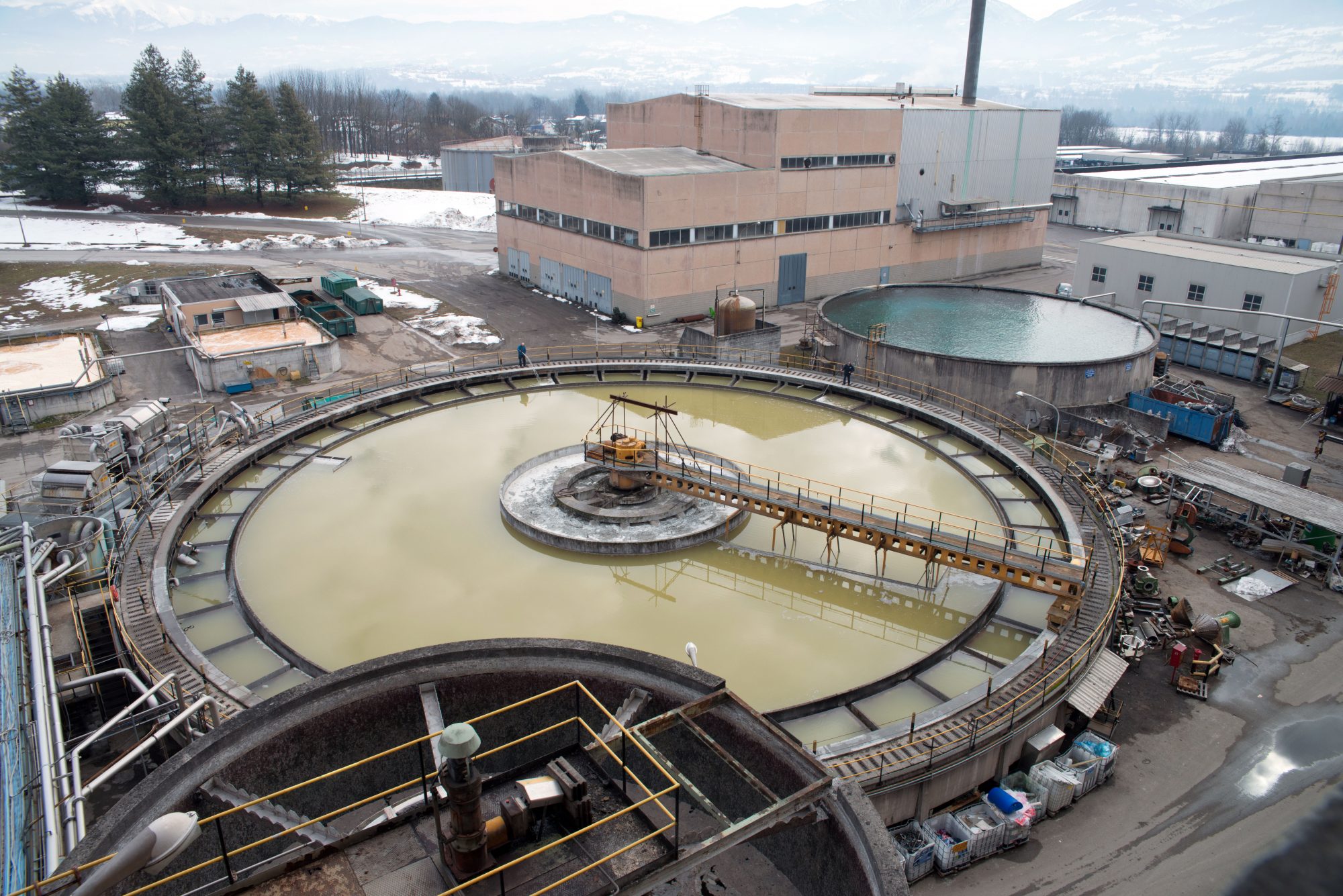Effluent Guidelines and the “Cluster Rule”
EPA establishes national, technology-based regulations, known as effluent limitations guidelines (ELGs), for direct dischargers and pretreatment standards for indirect dischargers to control discharges of pollutants in effluents from certain industrial source categories. The pulp and paper industry and timber processing industry are two of about 60 such categories. EPA reviews…
Learn More
